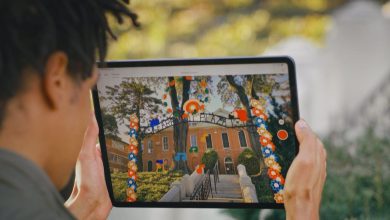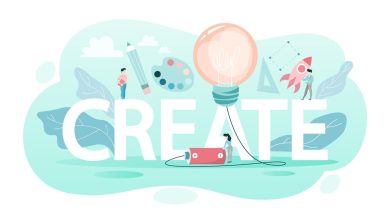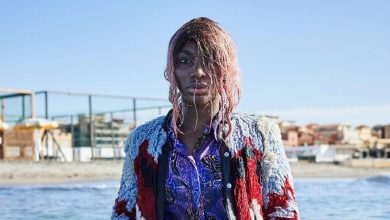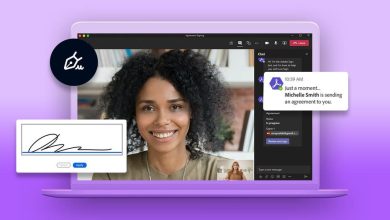Master documentary storytelling for marketing
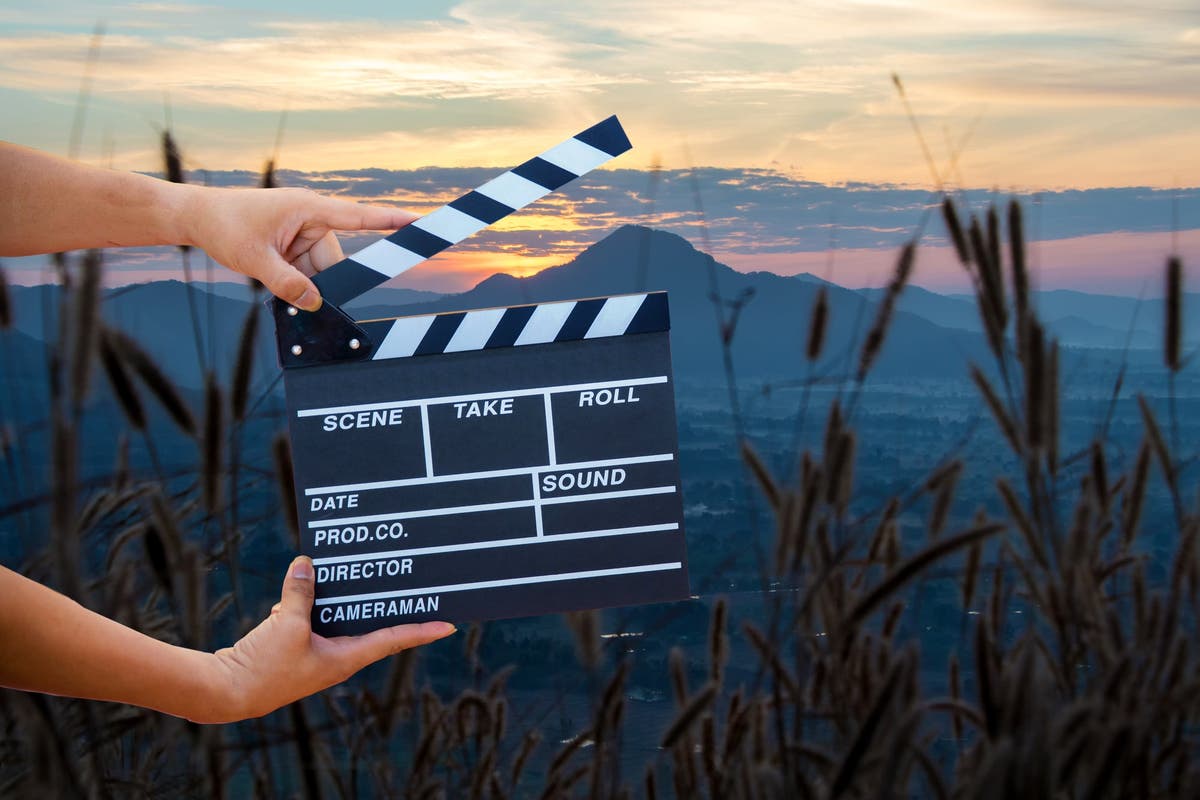
Few things are as compelling as a good story. Think about your favorite movie and what makes it powerful — the arc of a plotline, the emotional highs and lows, and the feeling of connection to the characters on screen. The principles of storytelling that make a film so gripping are the same tactics that can make a marketing campaign sing.
In recent years, marketers have harnessed the power of storytelling as a way to create an emotional connection with their customers. And judging by the numbers, it works.
One study found that people can recall stories 22 percent more often than just straight facts.
Another study found that a strong brand narrative can increase the perceived value of a product more than 20-fold.
Translated into marketing speak? Stories net serious engagement.
It makes sense. Stories tap into our emotional core, altering physiological processes along the way. According to research, storytelling activates chemicals in our bodies such as cortisol, dopamine, and oxytocin, all of which play a role in shaping our perception and behavior. In the context of storytelling and marketing, something like cortisol — the chemical that helps us manage stress — primes our brain to pay attention, while dopamine helps us feel pleasure, which may encourage us to stick with a story, to keep reading and hope for that happy ending. At the end of the storytelling journey, the brain produces oxytocin, a chemical that promotes empathy, which together with cortisol and dopamine creates a powerful cocktail for capturing attention and making emotional connections.
Impactful storytelling can take many forms — from a rousing image to immersive audio to an engrossing video. In recent years, though, marketers have increasingly utilized the power of documentary filmmaking to tell their brand stories. Documentary storytelling looks to the deep well of inspiration from everyday life, recording real people and true events instead of relying on fictional scripts and actors. In the case of a longform documentary like the Oscar winning My Octopus Teacher, filmmakers can spend years recording their subjects in order to cut a 90-minute film. When it comes to digital marketing, the final format is much shorter, but the same core principles still apply.
What makes documentary storytelling a compelling marketing strategy?
“Documentary storytelling is really interesting because you’re not necessarily working from a script,” says Meagan Keane, principal product marketing manager for Adobe Pro Video. “You’re building a story out of what’s in front of you, and that often means you need to get to the root of the emotional motivation.” Documentary filmmakers access that emotional motivation by creating a sense of trust with their subjects. “You have to gain a level of trust in order to have authenticity in what you’re capturing,” she says.
In today’s world, authenticity is key. More than ever, people want to see themselves in the products they are buying, and a documentary-style campaign is one way to achieve that. “You want the audience to feel like they can relate — like they can see themselves in the stories that are being told,” Keane says. Brands have used “real” people in their ads for years. Dove’s “Real Beauty” campaign, which launched in 2004, featured non-models in print ads and TV commercials. At the time of the campaign’s inception, the concept of showcasing non-actors was novel and groundbreaking. Today, it’s commonplace as brands realize the power of showing customers as they are.
Documentary filmmakers adhere to a set of fundamental rules that govern good filmmaking, but they can deploy a host of storytelling techniques to tease out the emotional impact of the brand stories they are trying to tell. Below are five styles of documentary style marketing that can help you craft a powerful narrative.
Getting to know different methods of documentary storytelling
The mini ad
Not every commercial requires an in-depth narrative approach. Sometimes meeting your audience where they are — whether that’s scrolling social media or watching YouTube — can pay off.
Short, 15 or 30-second clips, aided by intuitive editing software, can promote products quickly and effectively, taking advantage of viewers’ limited attention spans. Many mobile media campaigns often rely on this format, like Minute Maid’s #doinggood campaign, which features documentary-style filming and a simple narrative concept.
Personality-based storytelling
User generated content has taken over marketing with influencers and non-influencers alike creating content that captures the authentic side of a product. Vlogs, or video blogs, can be educational or personality driven — highly produced or off-the-cuff — long form or short. Companies like GoPro take advantage of the high-quality footage its customers shoot to create compelling campaigns using mostly UGC. On the other side of the spectrum are the many YouTube and Tik Tok personalities who offer up testimonials and tutorials that toe the line between advertising and entertainment. In both instances, establishing a consistent style and building a brand as a reliable source of entertainment and valuable information can bring repeat viewers to your channel and provide an authentic forum for talking about your product.
Long-form narrative
Some of the most compelling marketing campaigns feel more like short documentaries than advertising. By using the same storytelling techniques that hook viewers on the big screen, brands can forge a deep emotional bond. Oftentimes, these pieces indirectly promote a product, instead focusing on conveying a mood or communicating a lifestyle, as is the case with Patagonia’s long running campaign for its Worn Wear brand that features athletes in their element who just happen to be wearing Patagonia clothing. Through a mix of gorgeous stills and sweeping shots, the commercials feel like an extension of Patagonia’s brand, which focuses on the beauty of the outdoors.
Personalized narrative
In 2020, after a string of highly produced commercials, Peloton changed course. It launched a new marketing strategy, centered around its real riders. The commercials featured a handful of Peloton users in their element — at home with kids, taking a moment for themselves. Coors Light also created a documentary style campaign for its beer with its series short films My Climb, My Story, which features short narratives that follow a set of resilient people who have overcome challenges to find success. This style of storytelling often features follow-along shots, rough footage, natural lighting — combined with higher production value to create a hybrid effect that both entertains and emotionally engages the viewer.
Audio narratives
The same basic storytelling rules that govern great filmmaking can also apply to audio narratives.
In recent years, audio storytelling has boomed with the number of monthly podcast listeners increasing by 10 percent to 117.8 million in 2021.
Audio marketing can be narrative, as with the case of General Electric’s The Message. They can also take the form of interview-style podcasts, in which a host and guest cover topics relevant to the sponsor. In podcasts like ZipRecruiter’s Rise and Grind, capturing quality audio is key. Tools that effortlessly enable creatives to edit and compress audio and add music to their narratives can give a piece the professional polish that’s necessary to compete in the increasingly sophisticated audio world.
No matter the genre, the core of a great marketing campaign is a compelling story and the audio or video to back it up. Be sure to check out our many resources for creating high quality audio and video content, and learn more about how to harness the power of storytelling for any project.
Source : Adobe



